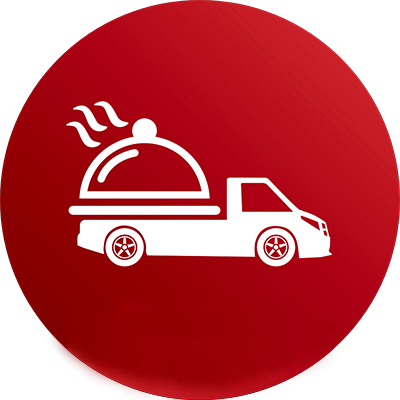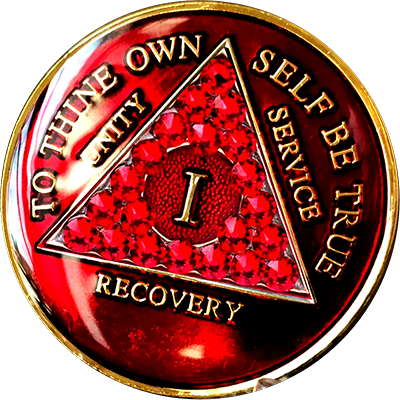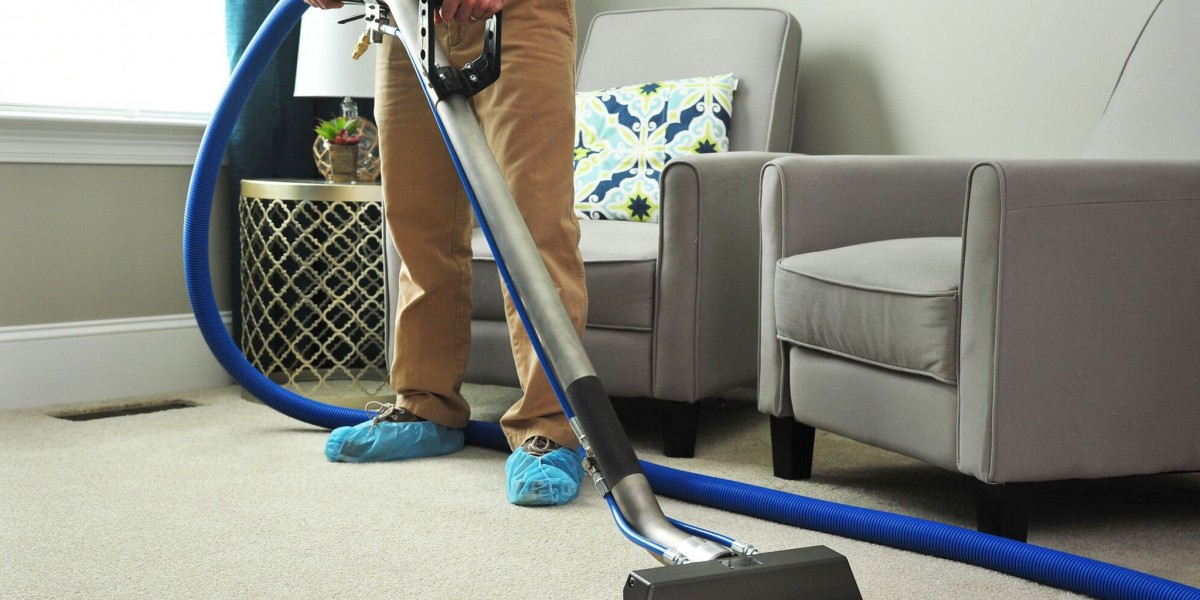OSHA Compliance: Everything U.S. Businesses Need to Know
Complying with OSHA regulations is more than just fulfilling legal obligations; it ensures a safe and efficient workplace. OSHA compliance refers to following federal regulations set by the Occupational Safety and Health Administration to safeguard employees from potential hazards in their place of work. Employers in the United States have obligations to comply with regulations, equip employees with necessary training, and maintain proper documentation.
Hazard communication, PPE usage, and safety audits all fall under OSHA compliance. Every business, regardless of its size, can cultivate a culture of occupational health and safety and avoid expensive penalties. Compliance in 2025 is key to avoiding fines, injuries, and enhancing company image. Long-term business success hinges on mastering the steps to OSHA compliance.
What is OSHA Compliance and Why Does it Matter?
What is OSHA compliance? It refers to following rules set by the Occupational Safety and Health Administration. These rules cover everything from PPE (Personal Protective Equipment) to safety management system design. OSHA compliance matters because it prevents injuries and saves lives. It also reduces workers’ compensation costs and helps keep your reputation strong.
Understanding occupational safety through OSHA compliance helps you meet recordkeeping requirements and prepare for workplace inspections. It’s also a legal shield when dealing with regulatory compliance audits. In short OSHA compliance protects both employees and employers.
Key OSHA Compliance Requirements for Employers
Business responsibilities as indicated by OSHA outline an employer to offer training for all employees on workplace hazards, use of PPE, communication of hazards, as well as conducting inspections in the workplace. Employers have to keep correct documentation, follow safety standards, and have safety programs that are in accordance with the law. The business compliance checklist assists employers to meet training, audit, and documentation requirements.
Federal safety laws and state vs federal OSHA issues can be confusing. Some states run their own OSHA plans. Employers must understand which rules apply to them. OSHA inspection process reviews safety culture, accident prevention plans, and workplace injury logs.
Steps to Get Started with OSHA Compliance
Steps for OSHA compliance begin with risk assessment and hazard identification. Next come developing safety protocols, employee safety training, and making a compliance checklist. Finally, cross-check recordkeeping requirements and prepare for workplace inspections. These steps help you establish a robust OSHA safety program.
How to become OSHA compliant also involves using tools for OSHA compliance. You can use digital software for audits, training, and logs. This helps avoid OSHA fines and ensures smooth OSHA inspection process outcomes.
Understanding Employer vs. Employee OSHA Responsibilities
Employer responsibilities under OSHA mean providing safe equipment, PPE, training, and hazard communication. Employers must maintain clear safety regulations and write procedures into a safety management system. They handle jobsite safety and prevent workplace hazards.
Employees also share duties. OSHA training requirements give workers the right to report hazards and request inspections. They must follow safety rules, use PPE correctly, and heed hazard communication updates. This shared responsibility fosters true OSHA compliance.
The Role and Duties of OSHA Compliance Officers
An OSHA compliance officer has the responsibility of checking worksites, analyzing the documents of a company, and ensuring all procedures are in line with the company's safety regulations. These officers enforce OSHA standards in all industries. In addition, they conduct interviews with the workers and examine the accident reports for occupational safety.
These officers seek common danger areas as unprotected hot work areas, dangerous unprotected machinery, hazardous PPE, and unguarded equipment. Non-compliance with safety guidelines has vague and penalizing consequences, therefore, those subjects that are fines and citations require a lot of caution. The enforcement of OSHA standards is what makes all industries cautious and compliant.
How to Prepare for an OSHA Inspection and What to Avoid
What triggers an OSHA inspection? Complaints, accidents, or high-risk industries can bring inspectors to your worksite. Preparing means having clear records, a good compliance checklist, and recent hazard communication materials. Review training logs and ensure there are no missing recordkeeping issues.
To avoid OSHA fines, don’t tamper with logs, don’t ignore hazard reports, and never forbid employees from talking to inspectors. OSHA inspection process favors open cooperation. Being ready with documentation, safety training proof, and workplace inspections logs keeps you in good standing.
Most Common OSHA Violations and How to Avoid Them
Most common OSHA violations include falls, poor hazard communication, lack of PPE, machine guarding failures, and scaffolding issues. Interpreting OSHA top violations helps employers plan accident prevention strategies. A table below illustrates violations and prevention tips.
Violation Type | Prevention Tip |
Fall protection | Install guardrails and provide safety harness |
Hazard communication | Update labels and train staff regularly |
PPE violations | Check equipment condition often |
Machine guarding | Review machine safety shields and protocols |
Lockout/tagout procedures | Train staff and audit regularly |
Following these steps improves safety regulation compliance and limits workplace accidents.
The Benefits of Maintaining OSHA Compliance
Benefits of OSHA compliance include fewer injuries, lower insurance costs, and higher employee trust. When employees feel safe they work better. OSHA compliance also deepens your standing with clients and improves brand image.
Other benefits include smoother audits, less downtime, and stronger industrial safety culture. Regulatory compliance isn’t just a checkbox. It’s a driver of sustainable growth and operational excellence.
How to Build a Long‑Term OSHA Compliance Program
OSHA compliance best practices include regular training, yearly audits, and employee feedback loops. Build a safety management system that evolves with your business. Integrate hazard communication updates, recordkeeping reviews, and audit routines.
Role of HR in OSHA compliance is key. HR can track OSHA training requirements, maintain logs, and support ongoing education. Use tools for OSHA compliance like EHS platforms, OSHA safety program checklists, and digital record systems. This helps your company stay ahead and compliant in the long run.
FAQ
1. What is OSHA compliance?
It means following OSHA standards to keep workplaces safe and protect employees from health and safety risks.
2. Who enforces OSHA standards?
The Occupational Safety and Health Administration (OSHA), a U.S. government agency, enforces these laws.
3. What triggers an OSHA inspection?
Inspections can be triggered by complaints, accidents, or being in a high-risk industry.
4. How do I become OSHA compliant?
Start by identifying hazards, training workers, using PPE, and keeping accurate safety records.
5. What happens if I fail OSHA compliance?
You may face heavy fines, legal issues, and even temporary business shutdowns.
































